The last breath of knowledge
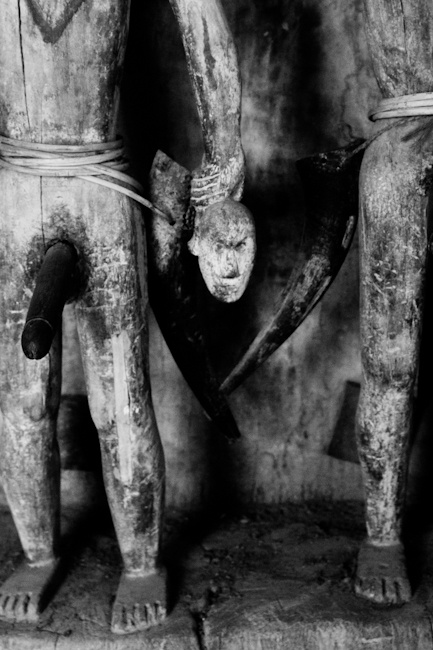
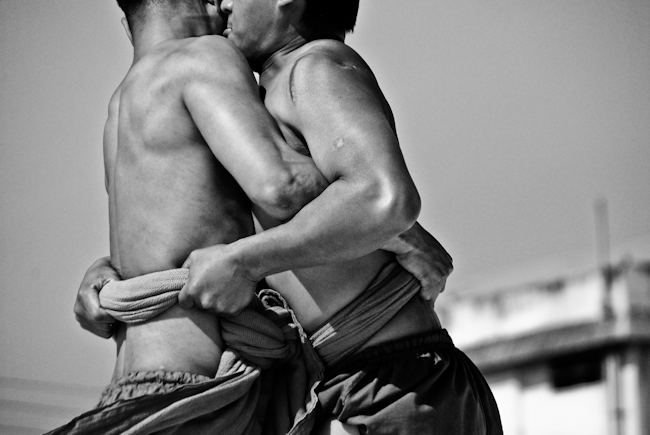
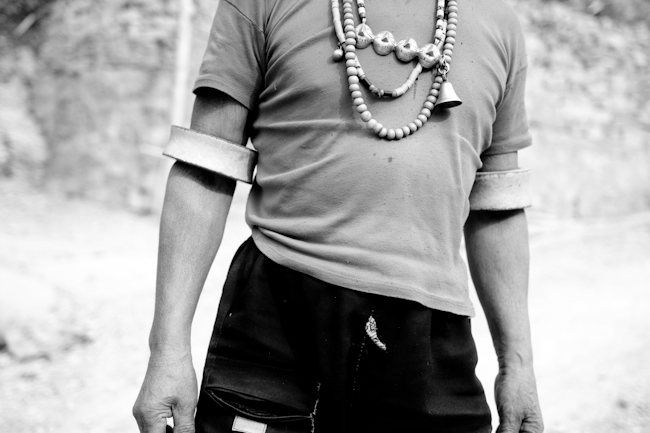
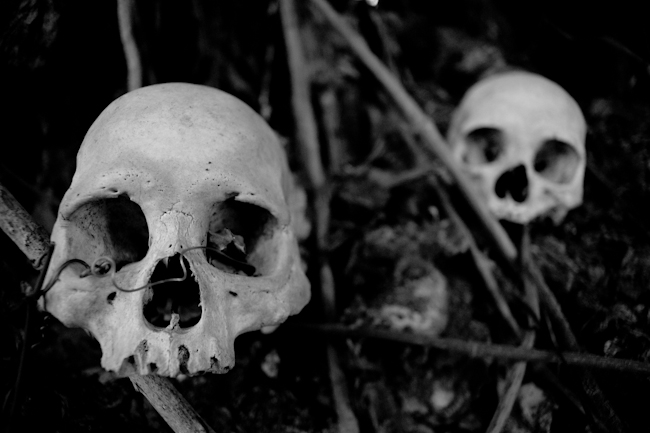
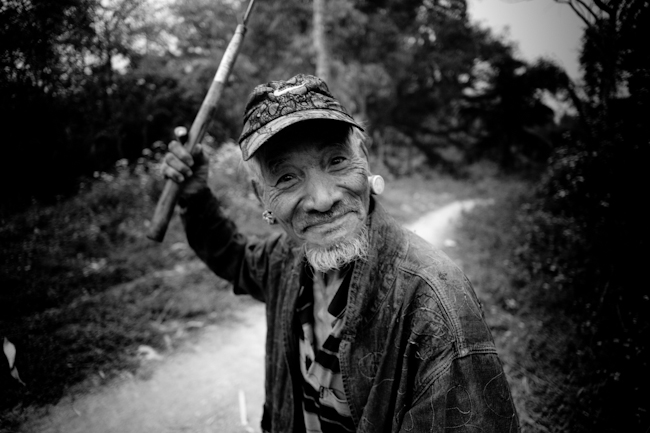
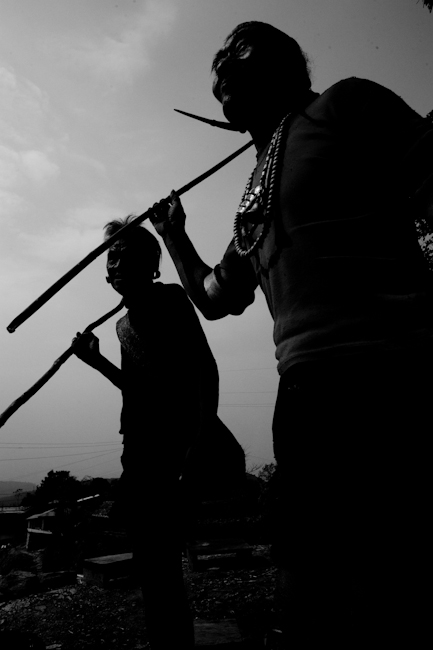
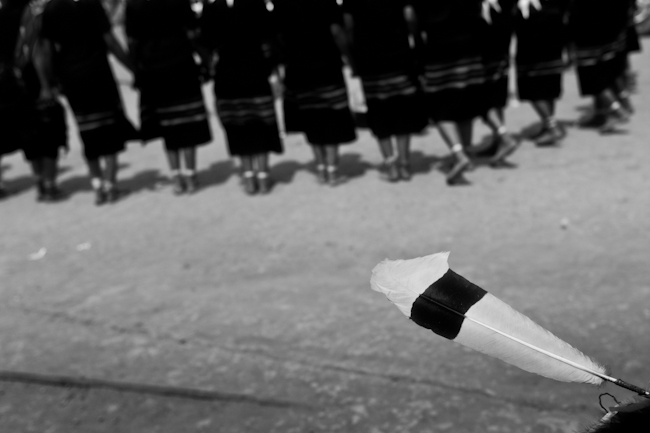
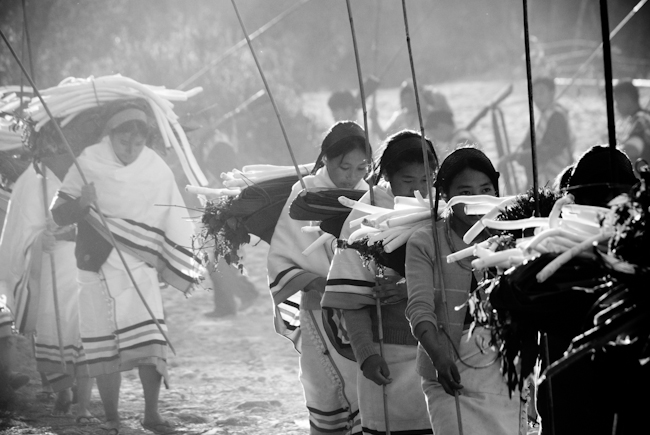
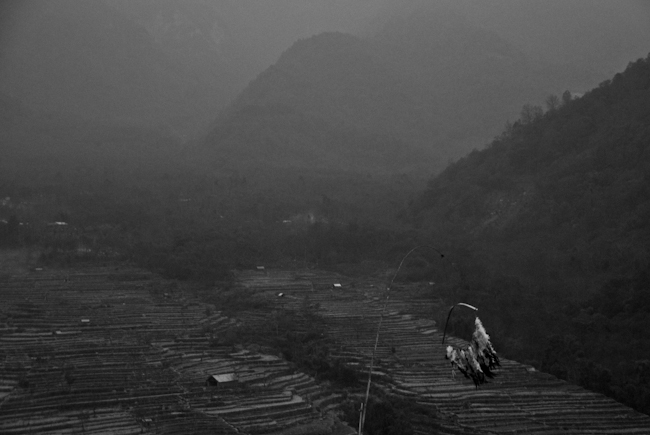
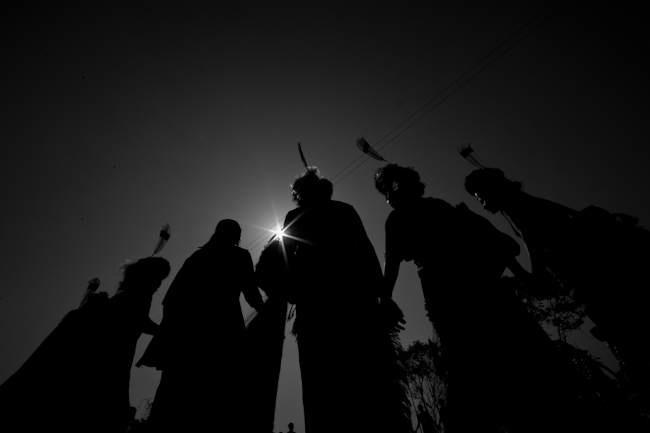
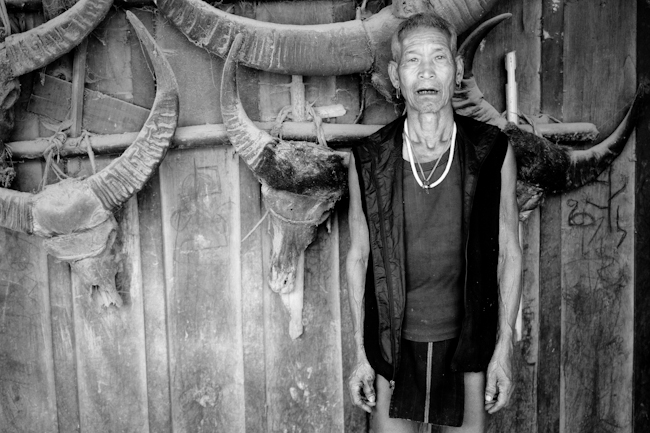
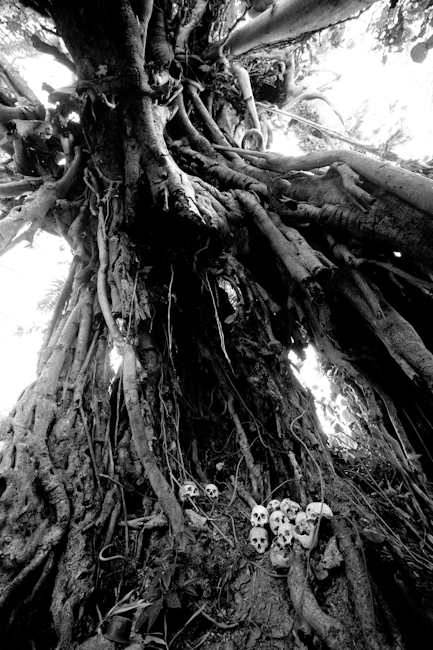
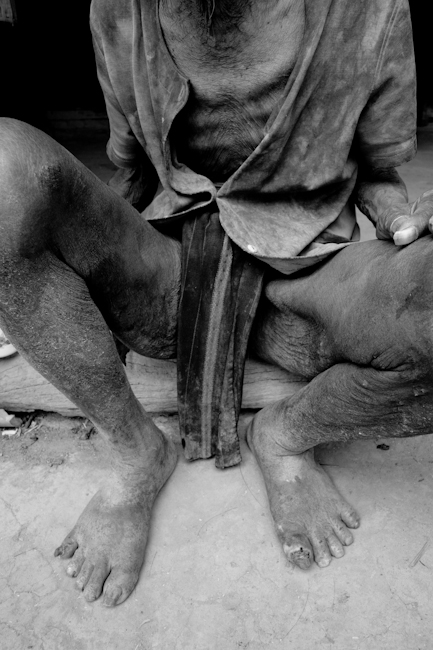
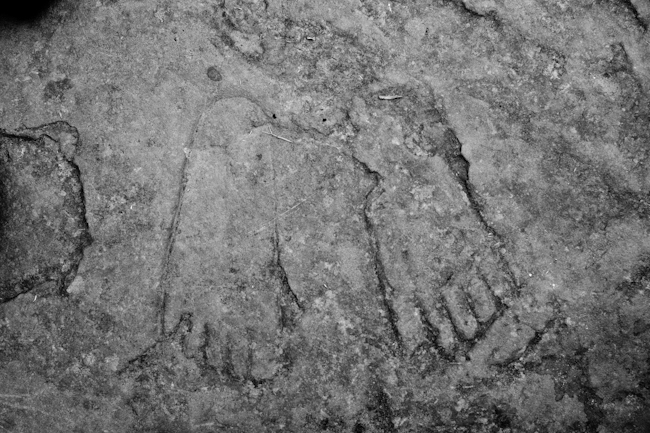
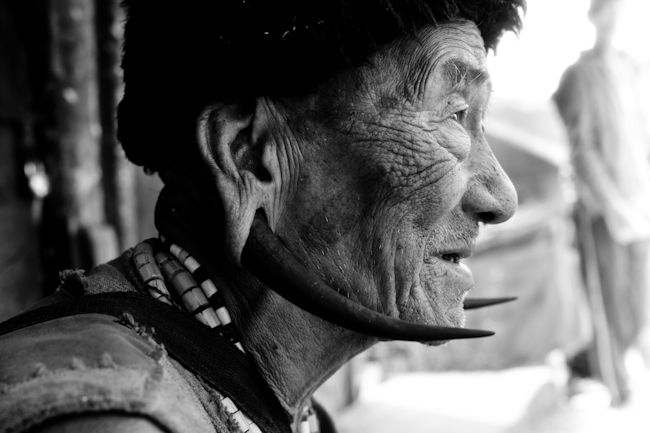
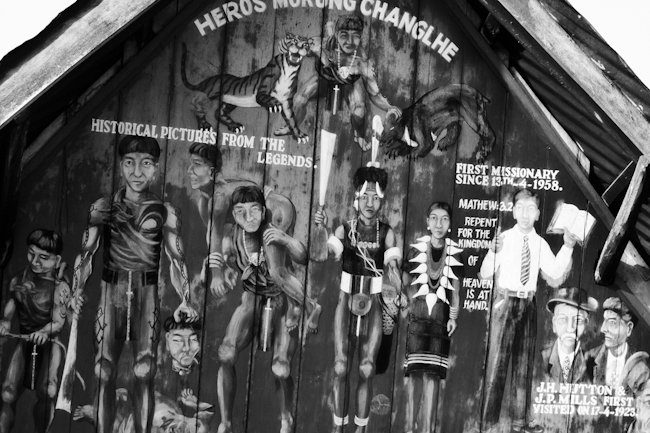

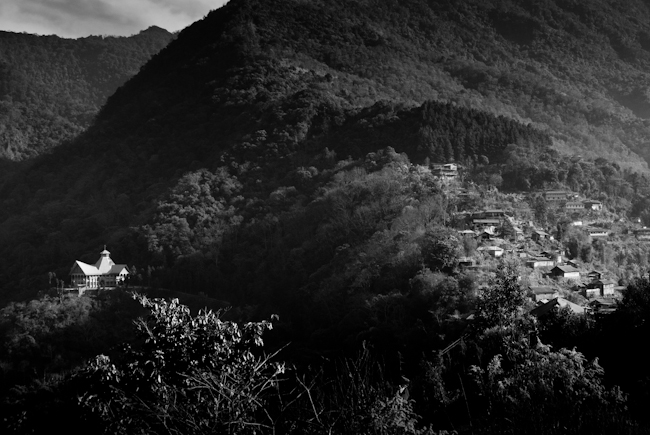
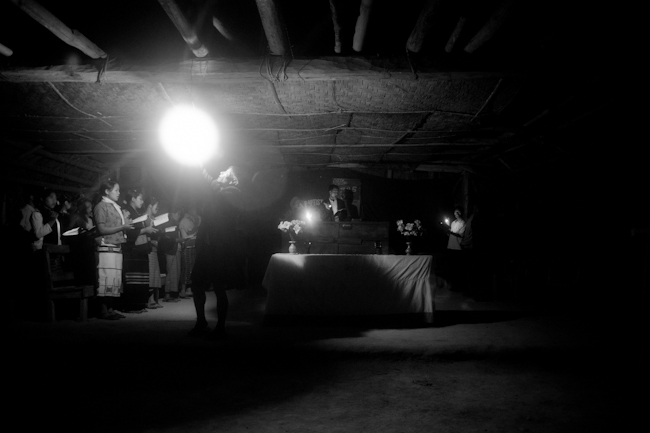
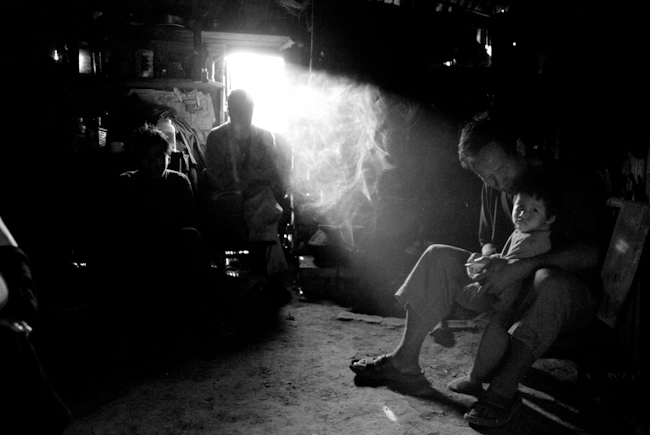
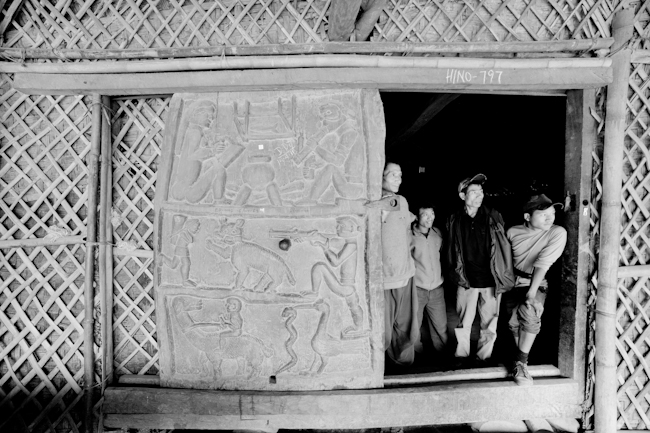
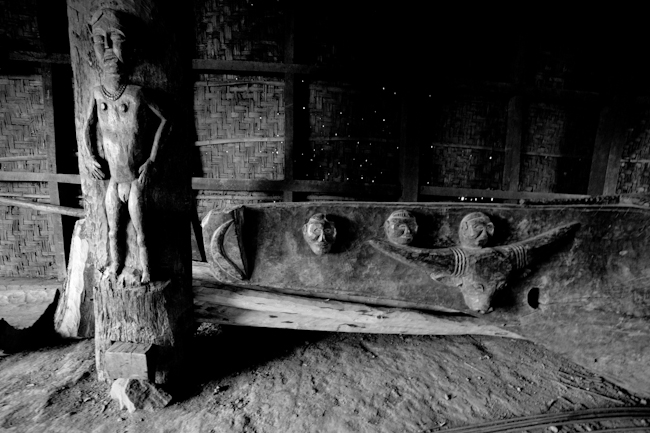
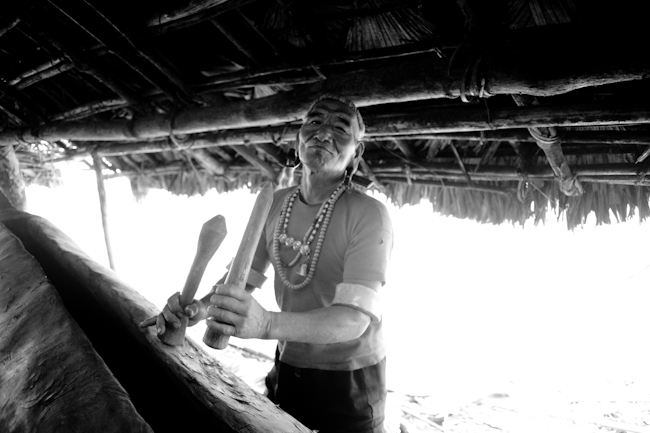
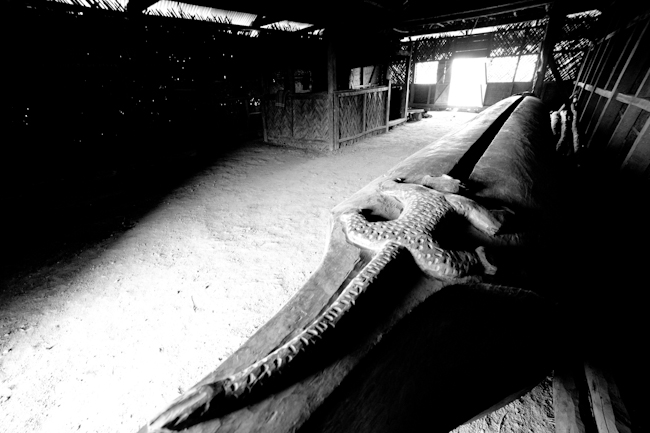

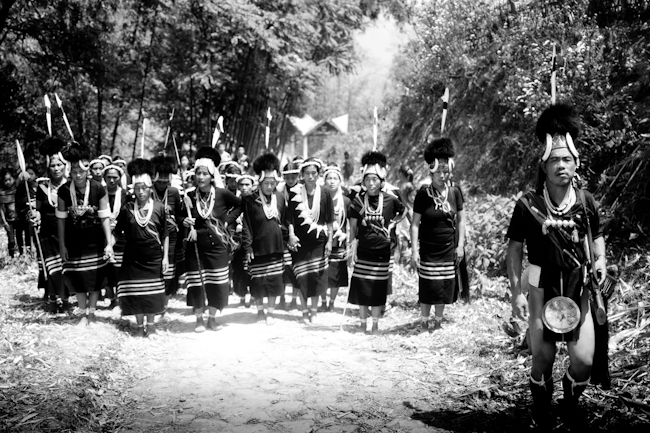
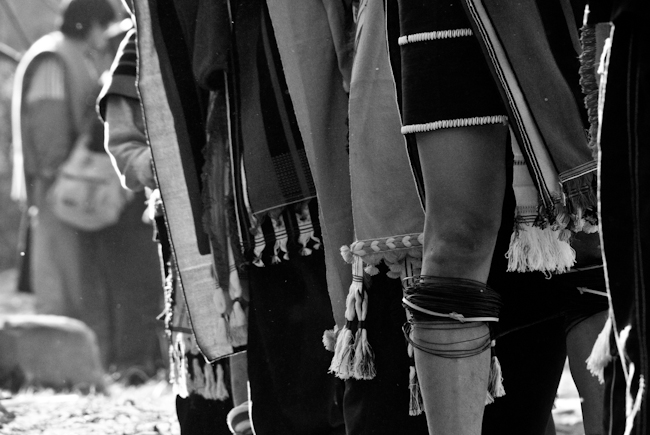
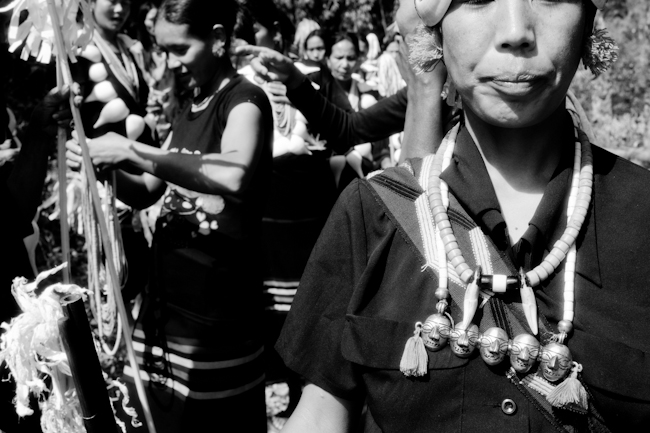
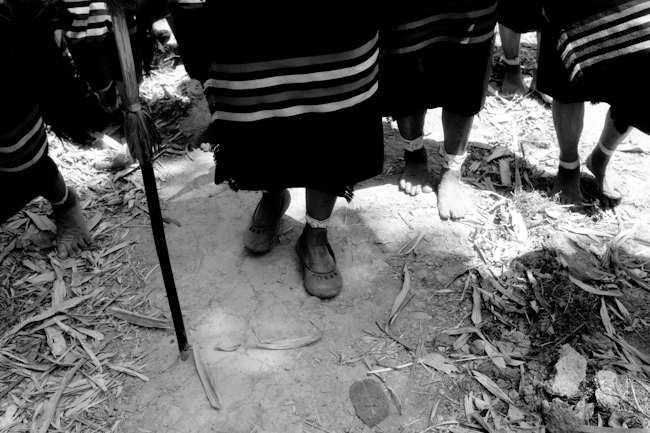
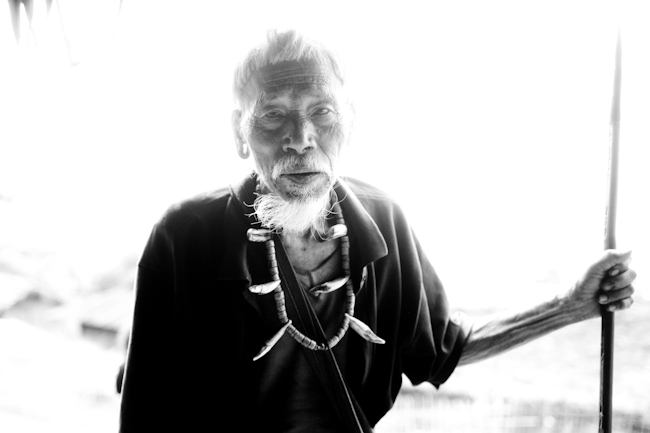
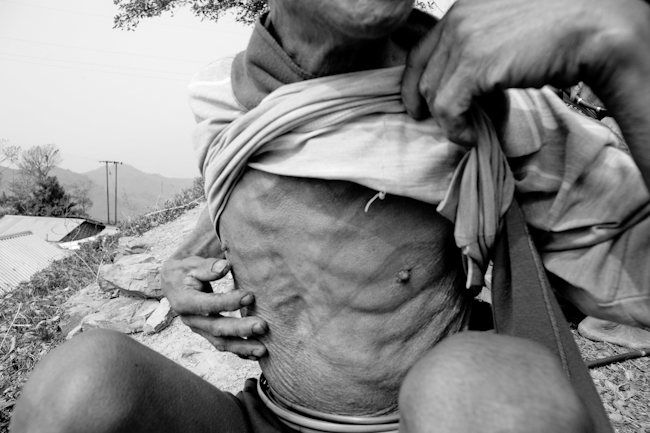
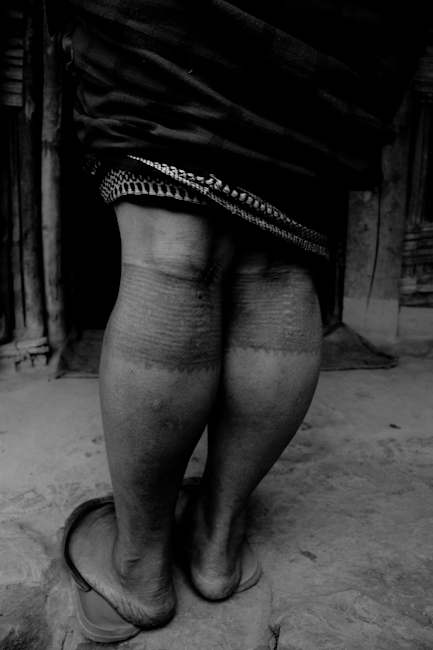
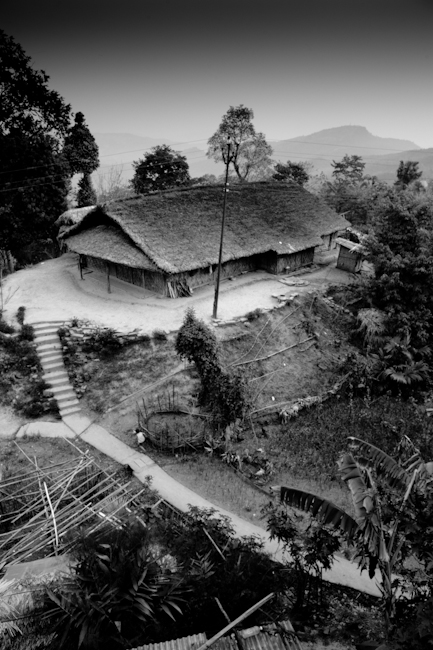
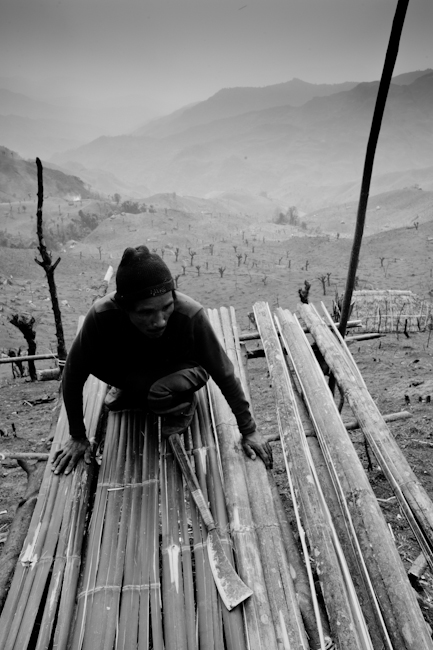
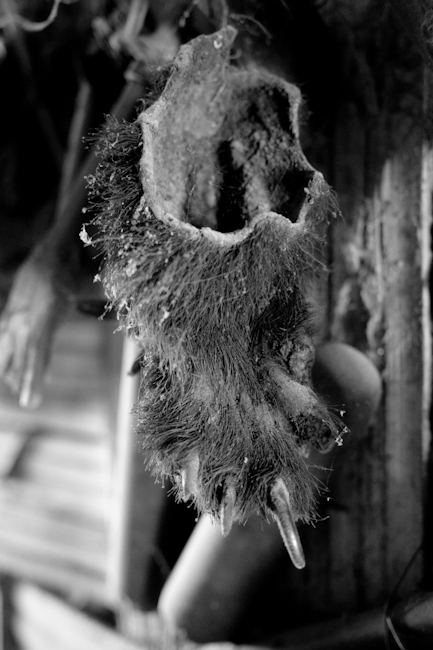
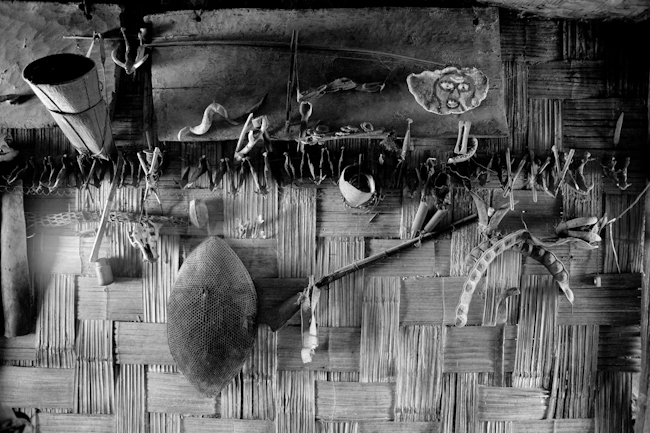
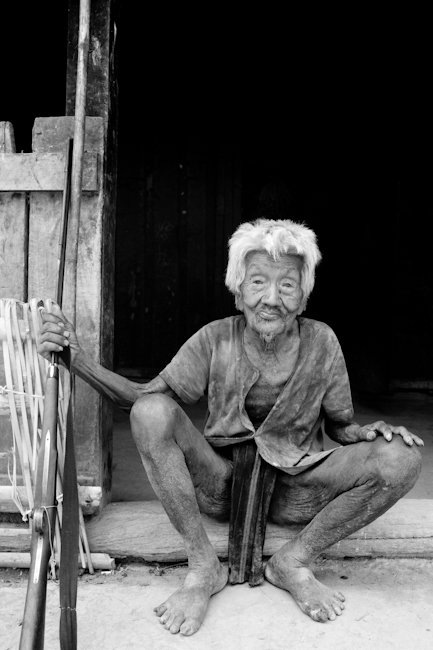
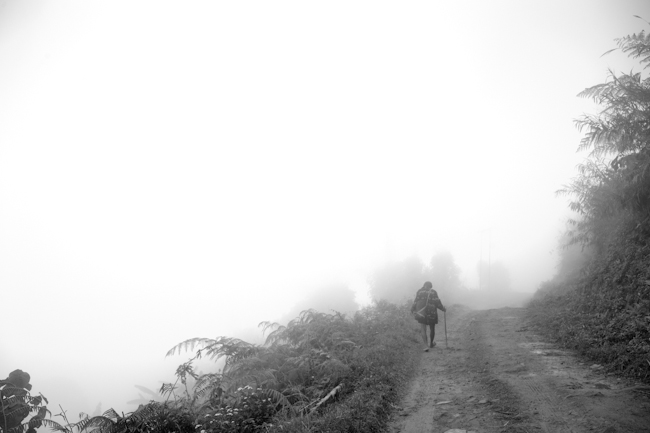
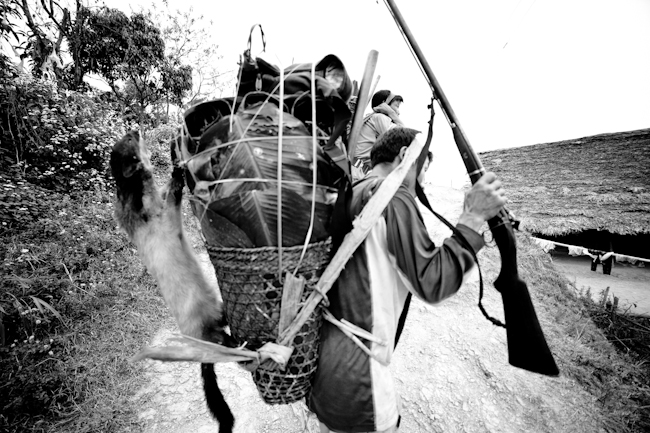
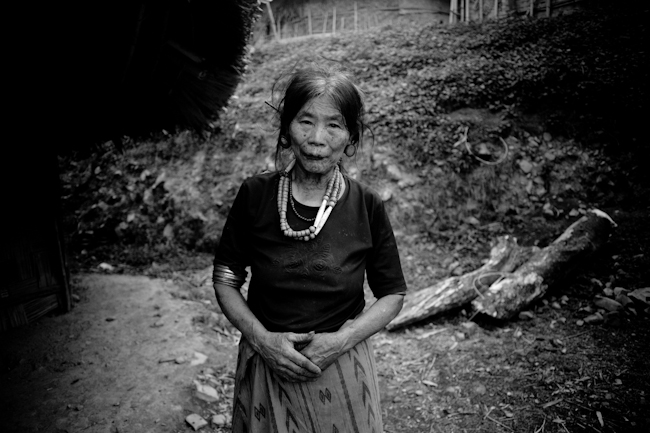
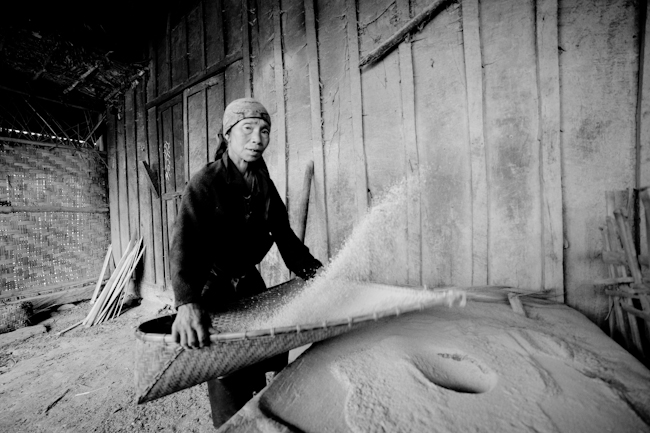
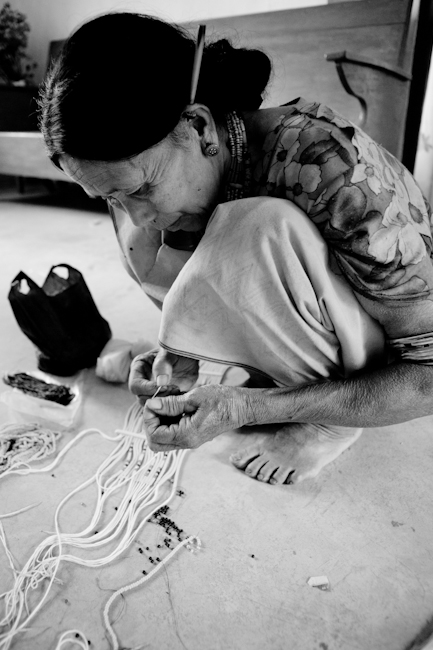
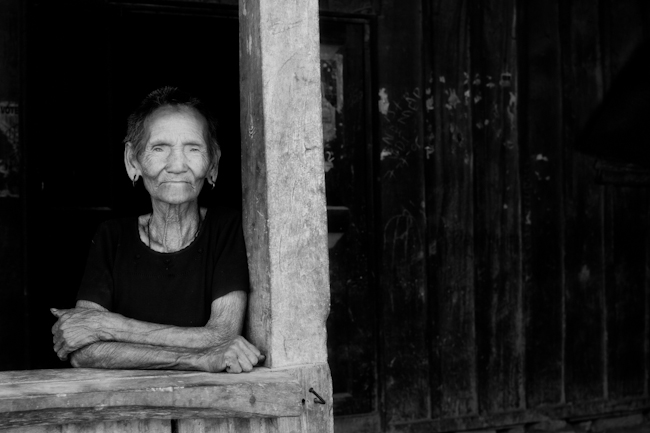
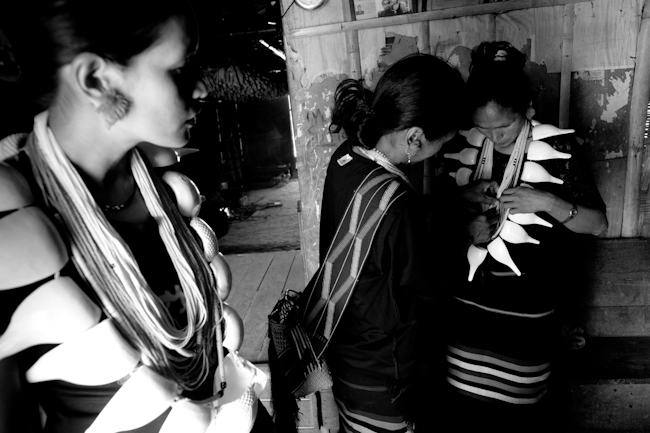
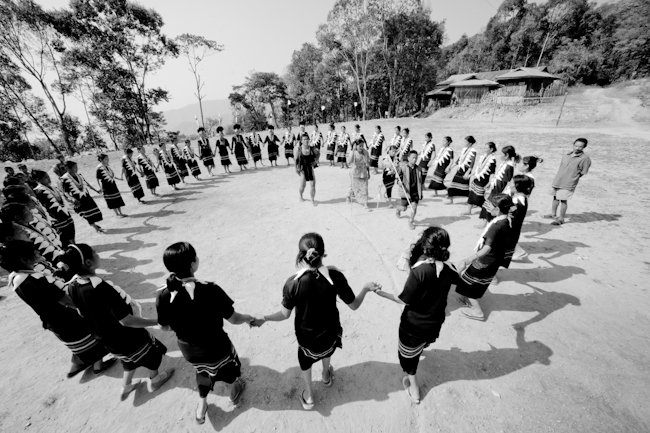
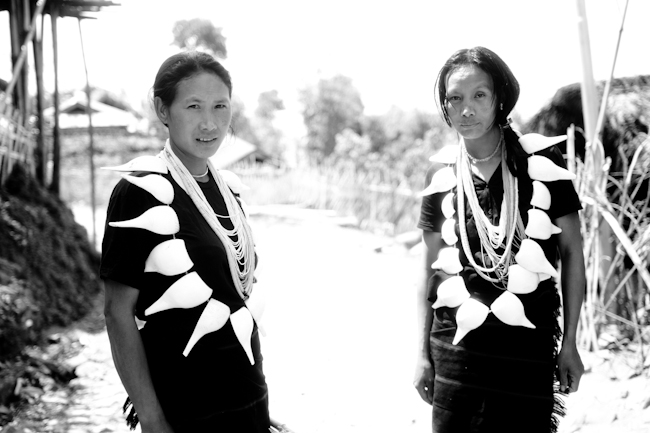
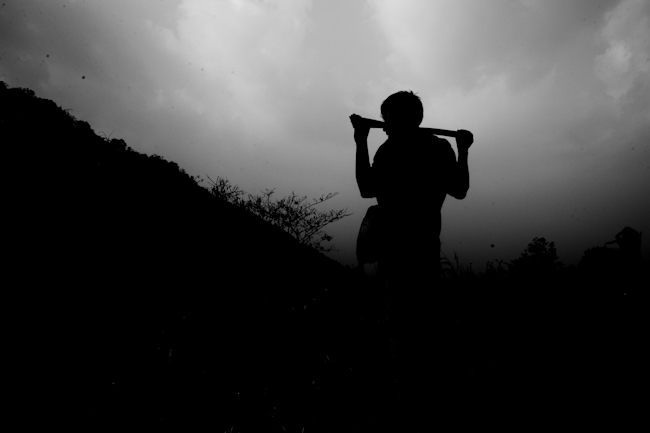
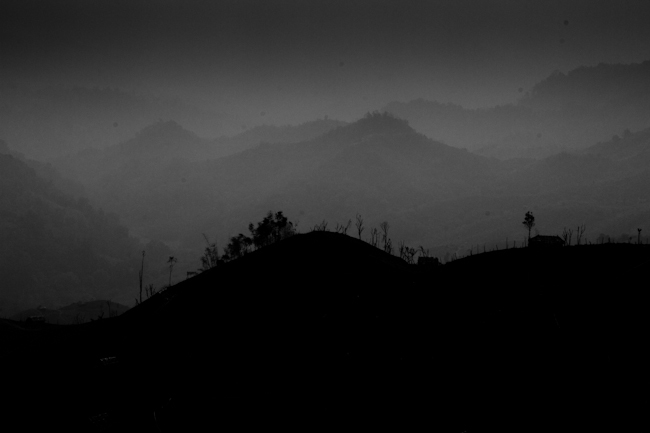
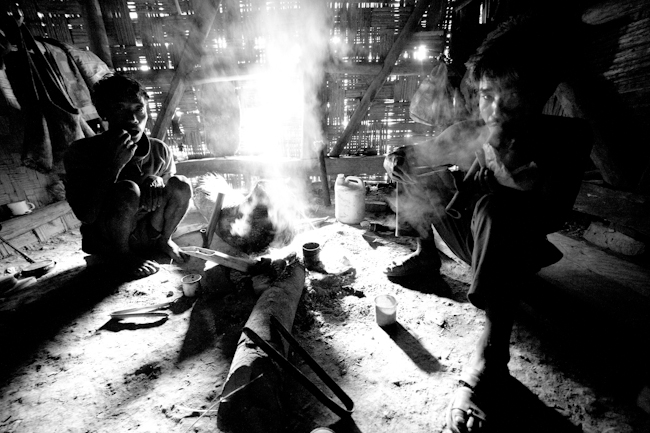
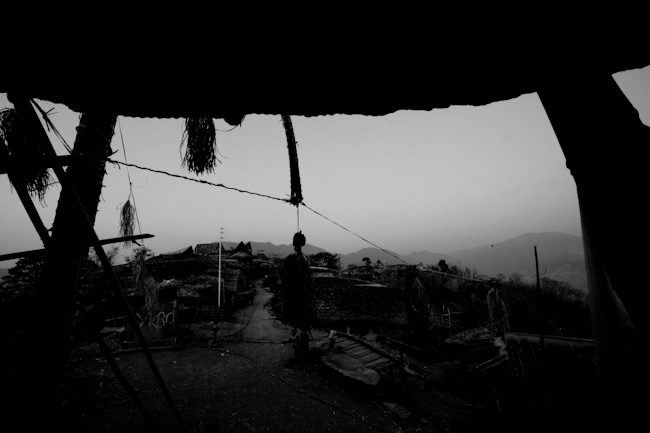
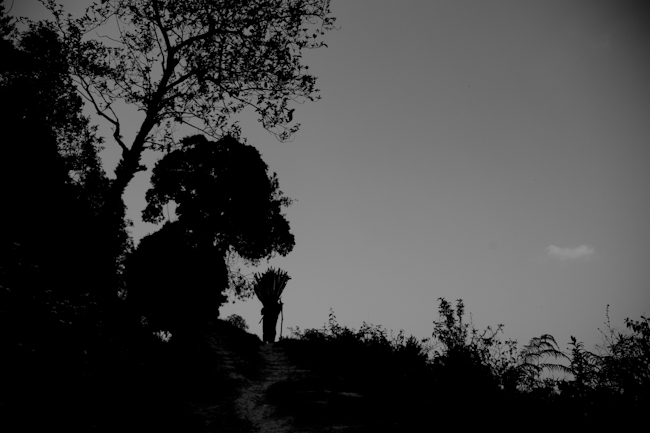
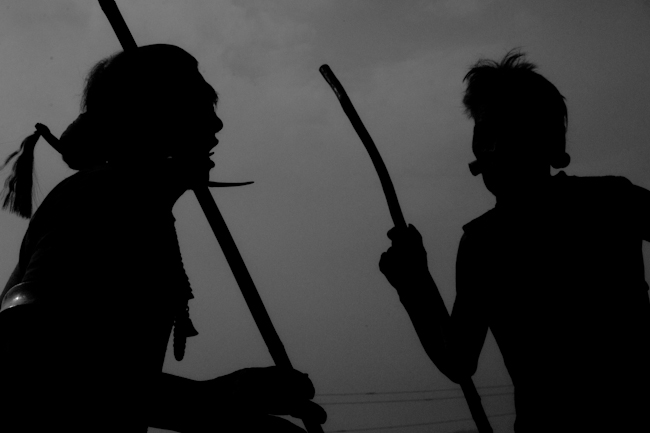
Nagaland
India
Get Directions →
The last breath of knowledge
Fotos. Sebastian Vilariño
Texto. Agustina Vigano
The last breath of knowledge
It is called Naga people to the various tribes inhabiting the rainforest mountains of Northeast India and North Burma. Despite each community speaks its own language, they share many cultural traditions. They are settled mostly in the present state of Nagaland, being the Konyaks the largest tribe.
Their cultural heritage of oral tradition is transmitted in the form of songs and stories, leaving unanswered the questions of where they come from and since when they live in these misty mountains. Mongolian root is clearly in their features and ornaments from the sea (like snails) indicate that they probably lived on the coasts of Thailand, but also resemble other Southeast Asian cultures.
The Nagas are kind, friendly, strong, reliable, free and independent. They are proud of their country and culture with a strong sense of unity as a community. For a Konyak Naga to be truly human is to belong to the whole community, including the ancestors and creation, and to do so involves the active participation in the beliefs, ceremonies, rituals, and festival of the community. They have a society structured in different clans with tribal chief and live in cooperation with each other. They have a plural governance system with laws of land property, ethics and morality.
In each village there are community houses called Morung which are located on strategic points where the valleys can be seen to anticipate the arrival of the enemy. It plays a vital role in society to discuss the problems that may arise and make decisions. It is where men gather to perpetuate their culture; the youngests are trained by the elders in the art of war and hunting and is the way of creating a sense of unity and support among members.
In each Morung there is a one piece drum called Log Drum. It is belived that when they lived at the seacoast were using canoes and was turned into a huge drum when they settle on the hills. It is played in festivals or to call villager’s attention when danger comes. Festivals are related with agriculture seasons and are the best moment to forge the sense of unity . Through songs and tales they pass on their culture to new generations, that since the advent of Christianity and Western culture is getting lost.
Loss of culture
“Tribes that are based on principles as community, solidarity, honesty, are becoming very fast in Western societies that separates them, distinguishing them by their material possesions, isolates them and confronts them against each other, eliminating the existing trust.” Anonymus Konyak Author
The Nagas are peaceful tribes who live in harmony and respect with the earth and the inhabitants beings. They are warriors in protecting their land and community and to expand their territory. They belive in a Superior Being that rules nature, animal and human behaviour. As a self-sufficient culture they depend on rivers, forests and earth which they consider to be sacred, acting accordingly with awareness and honesty. Because their beliefs on spirits of the forest, they do not worship any saint or God.
Although there are no written records of their past, their tradition and history has been captured in several arts. They produce handicrafts to cover all their needs: clothes made with loom, wooden cooking utensils, metal used for daos (machetes), axes, guns and even produce their own gunpowder. They decorate their homes with skulls, hornbill peaks, bones of elephant and buffalo. He who has the largest number of skulls is considered to be the most powerful.
Large pieces of wood (even whole trees) have been carved to tell their cultural practices, as well as giant doors that close the villages in war times. Nowadays, these doors have been expropiated and are for sale in distant markets.
Their economy is based on rice, millet and yam that they store in shelters away from the houses to prevent fires. They used to close them with bamboo, but in current times they use padlocks.
Men had tatoos as symbols of manhood, it shows their growth as warriors or hunters, and indicates their status and life achievements. Women had tatoos on legs and arms to differentiate between married and single. The new generations that are increasingly getting farther from their roots do not have tatoos, only the elders have and will disappear with them.
Konyak Union
“We, the people of konyaks, solemnly resolved to constitute Konyak Union to foster, to preserve our heritage, to sustain moral and social justice, economics liberty, and to promote amongst them all unity and integrity of the Konyaks.”
When the british came to this land, they tried to defeat the Nagas but they found strong warriors that resisted every attempt to invade their territory. The Nagas were classified as dangerous, violent and aggressive for being headhunters.
With the arrival of Christianity in the early 20th century a Naga identity was forged. However, as each village was an independent country, the Naga Union happened in 1947 when a group came together to claim their autonomy. Thus began the liberation movement and forces became united. The Konyaks met again, the different villages of the same tribe that until this time never knew about their existance joined forces to fight for their freedom and against any external government.
They gained independence from british rule but independence from India failed after several peaceful attempts and guerillas ended up clashing against the military. In the 60’s, after armed confrontations with indian army destroyed entire villages the Naga resistence was divided and started to lose strength.
Since many years there is an agreement of ceasefire and negotiations between Indian goverment and Nagas continue to date. The different resistance groups started to have power, getting involved in politics and worrying about their own interests while Naga culture is fading away.
The grafting of Christianity
“His (jesus christ) so-called followers measure their moral progress by their material possessions. It is a very curious commentary on the West that although it professes christianity, there is no Christianity or Christ in the West, or there should have been no war.” Mahatma Gandhi
It was on the early 20th century that Christian missions invade Naga culture, interfering in their social and cultural life. The ancient beliefs remain only in the elders while the new generation have taken faith on a Christian God. They do not sing to the rain anymore but to Jesus.
This “spiritual” domination was much more powerful and effective than the political counterpart; the new religious and educational system broke the basis of indigenous life affecting the tribes that abandoned their ancient social patterns, cultural practices and tradicional government. Domination by opium finished the job: the former warriors became dormant and headhunting culture started to vanish.
Today, 95% of Naga people embraced Christianity changing completely the society that no longer resembles the tribal community that was one century ago. This religious “graft” acts on the individual putting the nuclear family as the centre, while in Naga tradition a person cannot live in isolation from one´s community. This situation is very clear since there are four different institutions that worship Jesus in the same village. This confronts people with their own neighbors, who have the same blood and are the same clan.
Meanwhile, the elders spend their days drowning their knowledge on rice beer transforming their cry of war into a resignation breath.
“What is important abuout preservation of cultures is not their cloths and crafts but the values that it puts forth. The values and values system is woven around the faith and belive. We call this indigenous faith. This common values, common faith and common life is a community”. Anonymus Konyak Author
